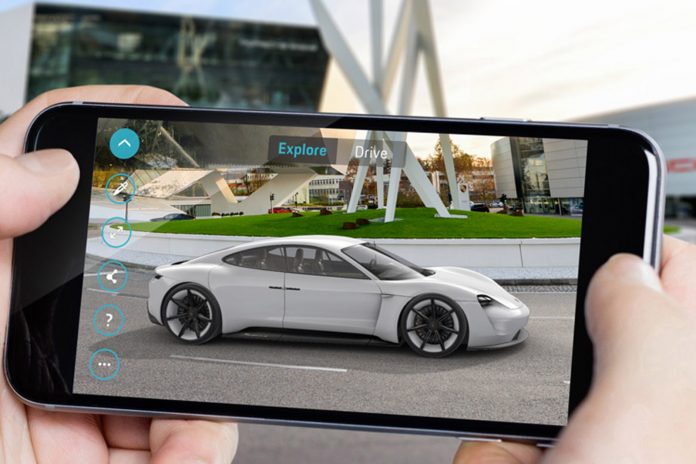As the automotive industry emerges from the pandemic, a number of important trends are emerging. Some can be traced back to the events of the past year while others were already well underway. Here are three of the key factors influencing the automotive industry.
Trend one: online sales
The most obvious trend is the shift towards electric vehicles, but we’ve also seen a forced surge in online buying. New companies like Cazoo, Cinch and others have appeared and reports around the world are saying that online buying will continue.
“More than a year into the pandemic, some major trends in the new car market have accelerated, most obviously in the forced reliance on online sales,” said Mike Hawes, executive director of the Society of Motor Manufacturers and Traders (USA). SMMT). “The success of click-and-collect services has provided the industry with a lifeline by sustaining revenue for much of the outbreak.”
One company that started at the height of the pandemic is Carzam. CEO Kirk O’Callaghan says the future of online car buying looks bright. Sales also increased after the showrooms reopened on April 12th. “The pandemic has accelerated a change in customer behavior,” he says. “When customers understand the benefits of buying a car online and know how to shop safely and securely, they do.”
For many, however, the buying experience will still reside with a physical retailer.
Hawes says, “The recent showroom reopening couldn’t come soon enough, and as much as digital car buying has proven, it can’t replace the excitement of personally selecting and testing a new car.”
Some companies are even investing in new facilities. Porsche GB informed us that its retail partners’ investments in the development of the Porsche Center will continue in 2021 and 2022. This underscores its commitment to physical retail showrooms and follows the opening of three new Porsche Centers in 2020.
The same applies to large groups of retailers, where Robert Forrester, CEO of Vertu Motors, has found in his experience that the use of pure e-commerce is very low. According to Forrester, people use the internet for initial tours and video chats, but most customers then go to the physical dealer to see the actual car and close the deal. This is reflected in the numbers: Vertu sold 130,000 cars through its dealerships in 2020, but only 428 in online-only transactions.
As a further indicator of where Vertu is headed the market is also investing in new showrooms. “The vast majority of people combine both online and physically,” says Forrester. “Dealership death is easy to write, but I’m not sure it’s true.”
Trend two: where the design is going
A recent poll of the World Car of the Year jurors found that design is the second biggest automotive trend in 2021 after battery electric vehicles.
In an interview with Autocar, Frank Stephenson, developer of cars as diverse as the modern Mini and the Ferrari F430, spoke about important current and future design trends.
Hoping the ideas surrounding radical and polarizing design wear off, Stephenson says it is being driven by marketing departments. “It’s almost like them [car makers] are a little panicked. Most automakers try to really justify their presence in the market by design, ”he says. “If they sell the car and it looks the way it is and it sells well, they’ll get on with it. You will not curb it again. They try to show that they all stand behind it and that it is not a mistake on their part. [They’re hoping] We as the general public will at some point get used to accepting it and see it as the modern way of treating design. “

